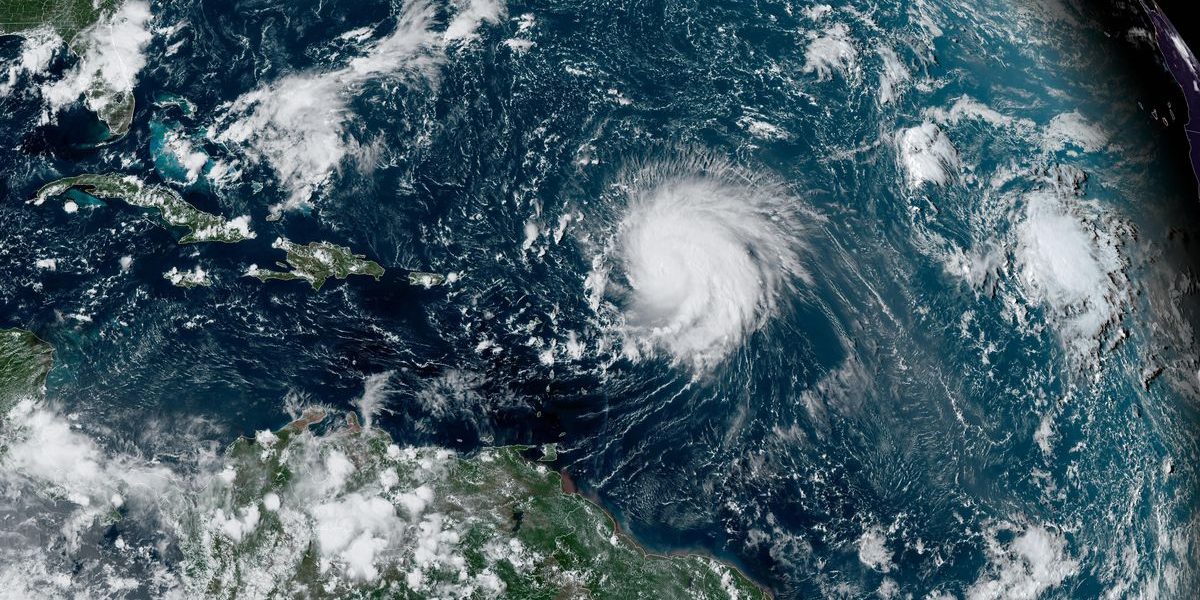What do hurricanes tell us about the past five years? Explaining what you can do to prepare for future storms, as NOAA Director Ken Graham explains
Hurricanes have caused a lot of damage and killed a lot of people in the US as global warming makes powerful storms more common. The last five years have seen an above average number of storms. In 2022, Hurricane Ian killed more than 150 people and caused more than $110 billion in damage when it hit Florida, and leveled entire neighborhoods in and around the town of Fort Myers Beach. In addition to the 100 deaths, Hurricane Ida caused an estimated $75 billion in damage from Louisiana to New England.
“This season is looking to be an extraordinary one in a number of ways,” NOAA administrator Rick Spinrad said in a press briefing. As in any year, the key is to stay prepared.
Even relatively weak storms can cause catastrophic flooding, and the vast majority of hurricane-related deaths are from flooding, storm surge and other water hazards, warns National Weather Service director Ken Graham. In 2018, Hurricane Florence flooded the Carolinas despite being just a Category 1 storm with relatively low wind speeds. When Harvey hit Houston it was very weak, leading to massive flood damage.
“Think about what you need to do to protect yourself, your loved ones, and even your pets should a hurricane head your way this summer,” says Erik Hooks, deputy administrator at FEMA, the Federal Emergency Management Agency. Do you have medication that has to be refrigerated? Do you have a device that’s powered up? Do you have mobility challenges that make evacuations harder?”
Those high temperatures also allow storms to intensify rapidly, which gives communities less time to prepare for their impact. All of the strongest storms, Category 5 hurricanes, that have made their way to the US over the last 100 years, have had a less impressive track, with an average lead time of just 50 hours.
Climate change is the major driver of warming oceans worldwide, including in the Atlantic. The oceans have absorbed the vast majority of the extra heat that humans have trapped on Earth by burning fossil fuels.
“The warming that we’ve been seeing in the North Atlantic over the last year has made people kind of lift their eyebrows a little bit and go, ‘Huh! What’s going on there? Schmidt says.
“Big ones are fast,” Ken Graham, director of NOAA’s National Weather Service, said on the press call. “That’s why I’m saying this time they don’t care about our timelines. Preparedness is absolutely what matters.
Those are big numbers — the most named storms, hurricanes, and major hurricanes NOAA has ever predicted in its May outlook. Between 1991 and 2020 there were an average of 14 named storms, 7.2 hurricanes, and three major hurricanes per season.
Accumulated Cyclone Energy, known as theACE, is a measure of storm activity. It is forecasting the second- highest ACE score during its May outlook.


